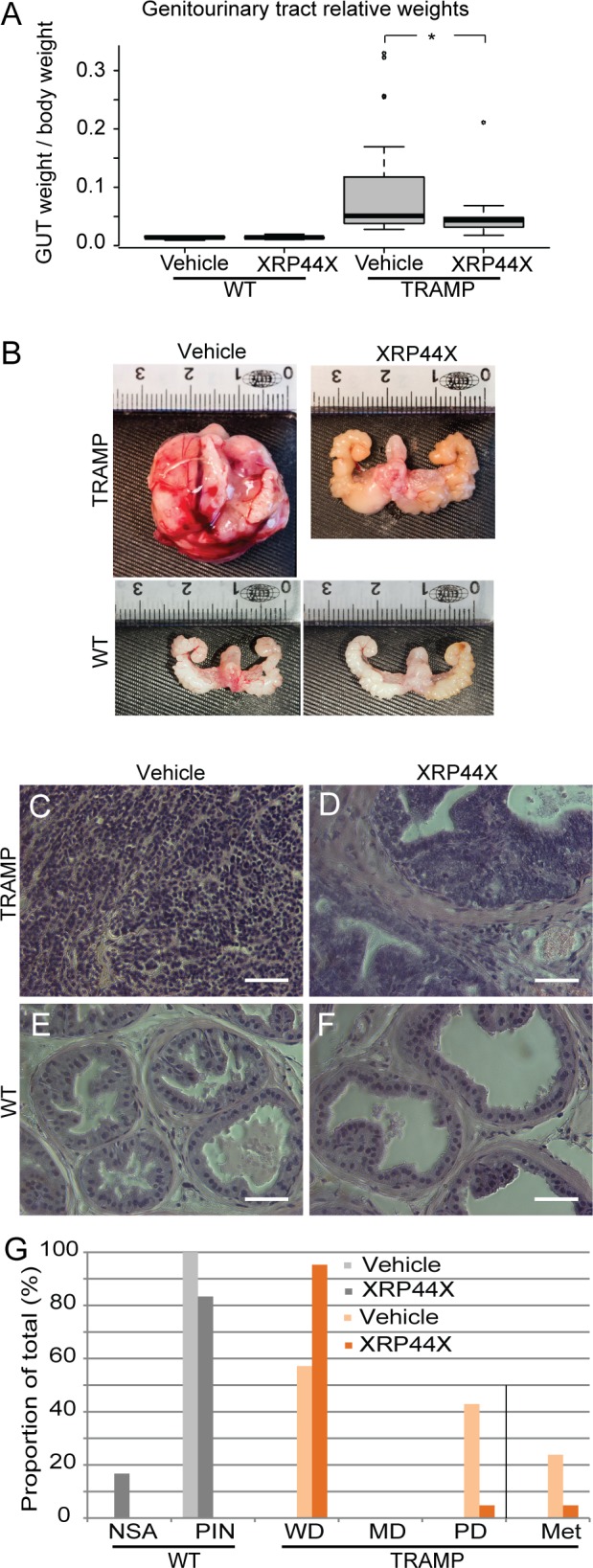Fig 3. Effect of XRP44X treatment on tumorigenesis in the TRAMP prostate cancer mouse model.

Wild type (WT) and TRAMP mice were treated with XRP44X (1 mg/kg) daily, 6 days per week, from 14 to 29 weeks of age. (A, B) Genitourinary tracts (GUT) were taken as a whole (prostate, seminal vesicles, urinary bladder). Their weights relative to body weight are shown in (A) (* P = 0.031), and representative photographs are shown in (B). (C-F) The prostates were sectioned, stained with haematoxylin and eosin and dorso-lateral lobes were graded as described in [28]. Typical sections are shown (see S2 Table for overall statistics). (G) Proportion of wild type and TRAMP mice with the different prostate pathological grades or metastases after treatment with vehicle or XRP44X (NSA—no significant anomalies, PIN—prostatic intraepithelial neoplasia, WD—well differentiated adenocarcinoma, MD—medium differentiated adenocarcinoma, PD–poorly differentiated adenocarcinoma). Scale bars = 50 μm.
